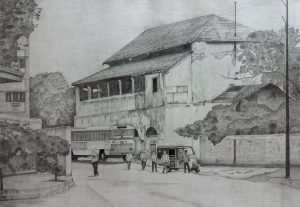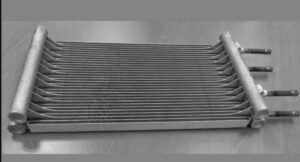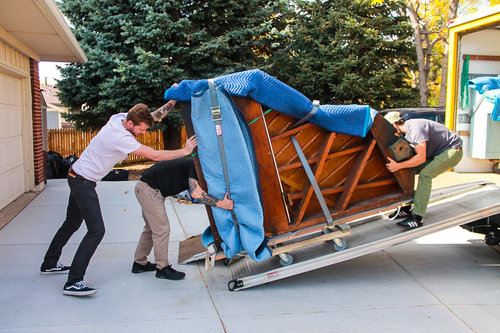Undoubtedly, a perfectly made landscape painting has the potential to take the onlooker to an unseen world. In fact, a realistic landscape painting is so mesmerizing that people are captivated by its charm easily. These paintings are not just known for beautifying the spaces and adding the right amount of effervescence to space. However, as good as it seems to be, making it is twice as tough as that. Not just the paintings but landscape drawings also require a lot of patience and time. Moreover, if made rightly with acute precision and patience, they can look as realistic as the colored ones too. However, making landscape drawings is more difficult than making a full-fledged landscape painting. Making strokes match the reality that colors can create easily is a magic that every artist isn’t able to transcribe onto the canvas.

Therefore, in this article, all the aspiring artists, novices, and veteran ones will get to know six immaculate tips that will help them in making their landscape art with a pencil without a glitch. Take a look.
Drawing Tip 1: Say no to Potato Rocks
The texture is essential for your drawing. Rocks are not smooth, in reality, they are rough, and so should your rocks be on paper. Use sandpaper, real rocks or any other tool to rub and create real textures. You can also take a real rock to analyze the lighting effect on the rock. Draw hard lines to show crack, fold or break in the rock.
Drawing Tip 2: Make Grandiose Mountains & Hillsides
The pencil is used in a different way to denote a different kind of mountain. Be it evergreen hills, snowy or barren mountains, strokes are made differently for each kind. Directional pencil strokes should be used to make a group of trees at a far-off place. Look at it and observe if you need to smoothen the lines. In short, it is important to pay attention to the direction of your pencil and its scribbles.
Drawing Tip 3: Don’t style but scribble Evergreen Trees
While drawing trees you should first make trunk, then the outer triangular shape and then the branches. Consider braches as the foundation. Also, make some of the branches like they are coming towards you. This will make the tree in your drawing look more realistic and less made up. Create contrast, do various kind of scribbles and change its depth.
Drawing Tip 4: Use Contour Lines for Deciduous Trees
Begin making such trees with a light trunk outline. Don’t forget to outline leaves and branches. Thereafter, make strokes by putting pressure on the pencil in different ways. Pay heed to the light and dark passages and put pressure on the pencil while contouring accordingly. In the end, you will see the realistic deciduous tree.
Drawing Tip 5: Use Straight Lines cautiously for Still Water
Still, water drawing requires learning of reflections and the right way to use pencil strokes for showing direction. Never scribble. Leave the space blank where the water meets the land and make short and parallel lines. The strokes used to denote water should be darker than the reflection of the objects. In addition to this, the reflections should also be made with parallel lines.
Drawing Tip 6: Use Fast Strokes for Foaming, Bubbling Waterfalls
Follow the same set of steps to create a waterfall that you used for creating rocks. After making the rocks, start making the falling water. To make the same, you need to take a segment at a time. Use long strokes to show water falling smoothly. You can also make froth and bubbles to add details.
Hopefully, after reading this, you will be able to make remarkable landscape painting with pencil flawlessly. The kind of landscape art that will make every viewer appreciate your work. So, make rocks, water, mountains, trees and everything else patiently and see the end result yourself. Remember to learn to find mistakes in every painting you make, so that you can make another painting better than the previous one.













